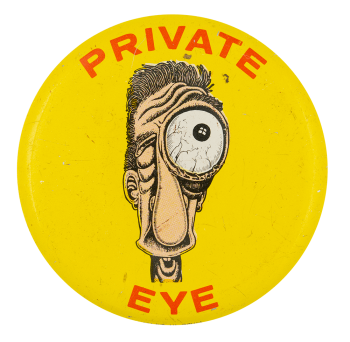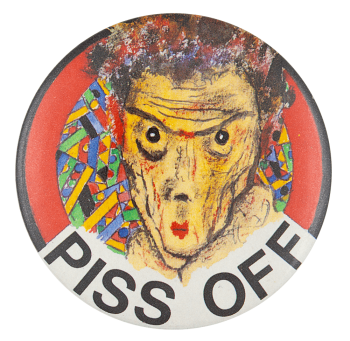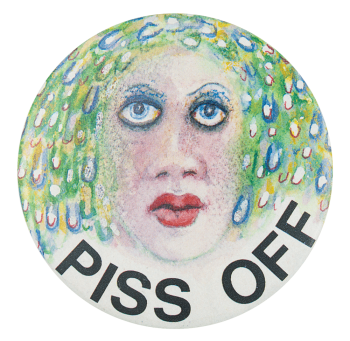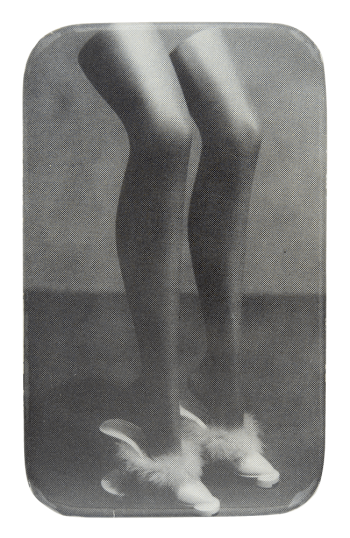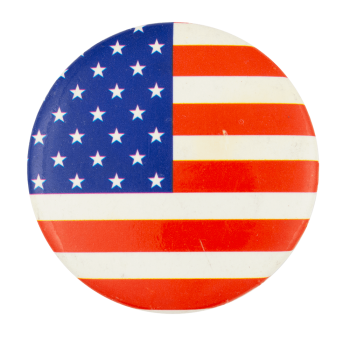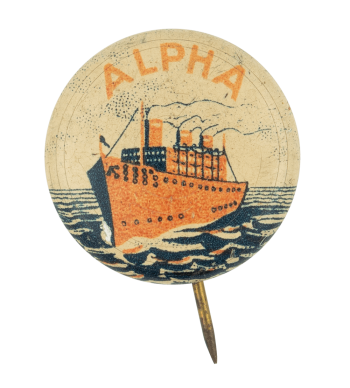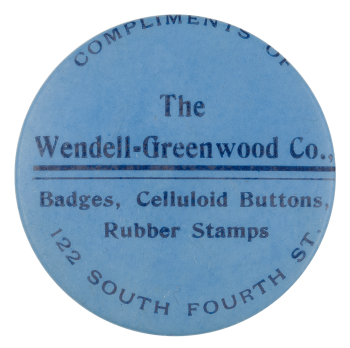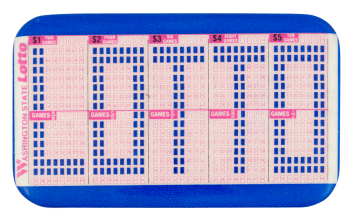Basil Wolverton Private Eye
| Category | |
|---|---|
| Additional Images | |
| Sub Categories | |
| Text on Button | PRIVATE EYE |
| Image Description | Red text above and below an illustration of a face with one large eyeball on a yellow background |
| Curl Text | MADE IN JAPAN |
| Back Style | |
| The Shape | |
| The Size | |
| Year / Decade Made | |
| Additional Information | This image is part of a series from the 1965 LEAF "Fink Buttons" illustrated by popular Mid-Century artist Basil Wolverton. Perhaps best known for his work at MAD Magazine, Basil Wolverton (July 9, 1909 – December 31, 1978) was an American cartoonist and illustrator famous for his humorously grotesque drawings. Wolverton worked in the "Golden Age" of comic books doing features like "Powerhouse Pepper" and "Spacehawk" in the 1940s. A 2009 New York Times article states that Wolverton’s drawings embodied the “sick-and-proud humor” of MAD magazine and were considered a “virtuoso exercise in bad taste, made all the weirder for being so meticulously executed." |
| Sources |
Cotter, H. (2009). The van Gogh of the Gross-Out. Retrieved 20 May 2021, from https://www.nytimes.com/2009/07/23/arts/design/23basil.html |
| Catalog ID | AR0434 |

